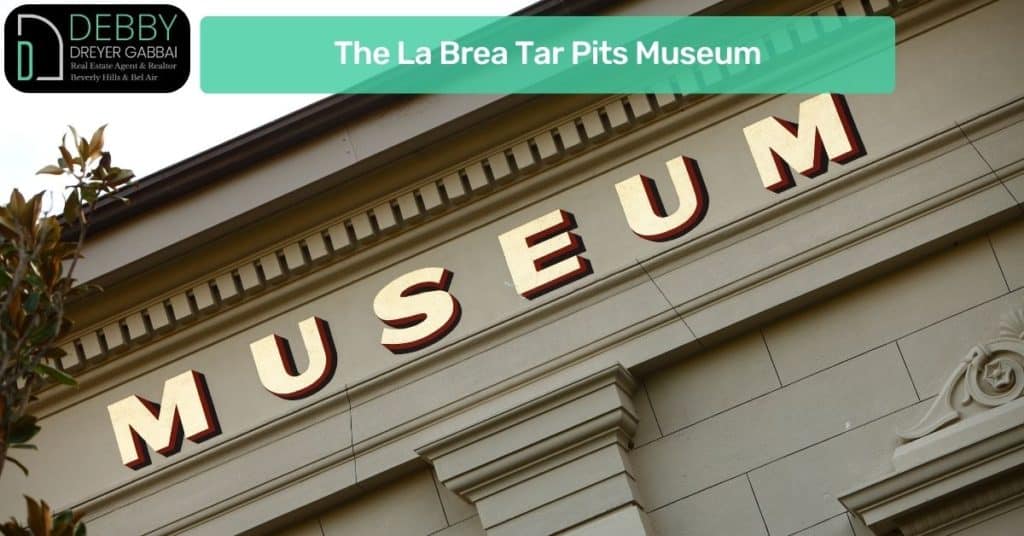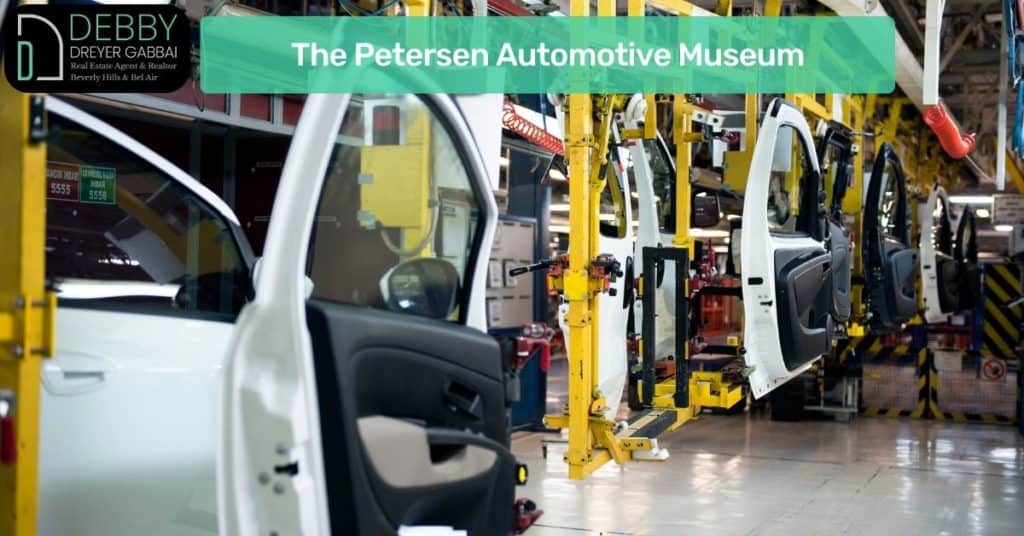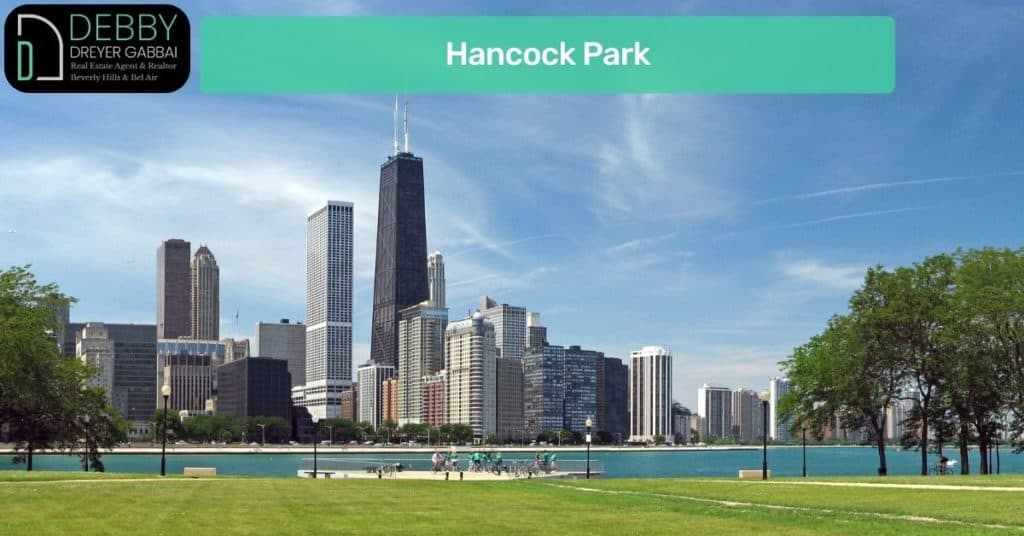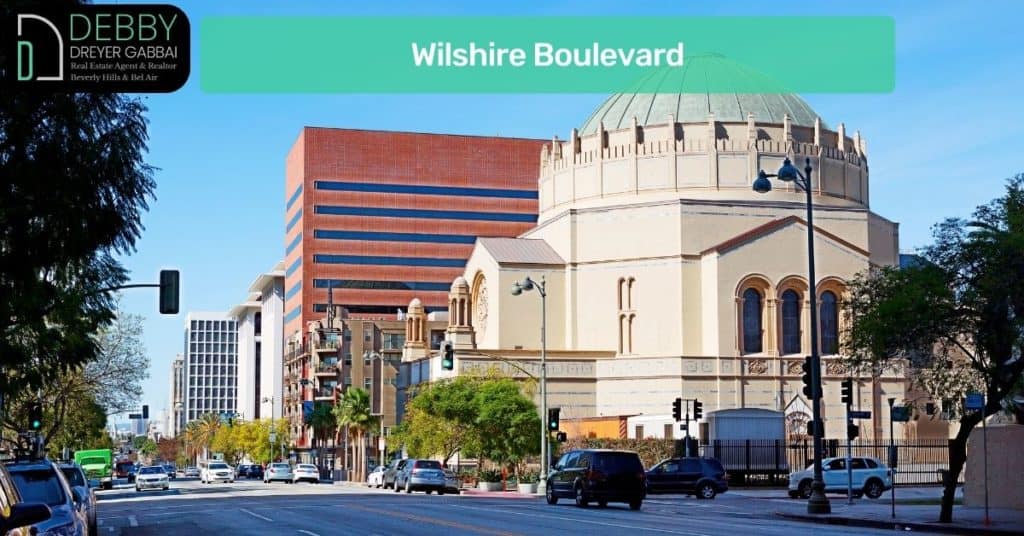When most people think of Los Angeles, they think of movie stars, beaches and traffic. But there’s so much more to this city than that. For example, did you know that La Brea Avenue is home to some of the most impressive architecture in all of Los Angeles? From ancient fossils to modern marvels, this avenue has it all. Here are five mega-projects that have transformed La Brea Avenue into a cultural hotspot.
1. The La Brea Tar Pits Museum
The La Brea Tar Pits Museum is one of the five mega-projects that has transformed La Brea. The La Brea Tar Pits Museum was built in 2006 and is located in Los Angeles, California. The museum houses a variety of exhibits on the history and ecology of the region.
The main focus of the museum is the La Brea Tar Pits, which are a series of asphalt-filled pits that have been used for centuries by humans and animals. The museum also contains a variety of educational exhibits on the ecology of the area, as well as a research library.
The La Brea Tar Pits Museum is open to the public year-round and offers a variety of programs and events for all ages. The museum is a world-renowned paleontological research institution and one of the most active dig sites in the world. The tar pits themselves are a fascinating natural phenomenon, and the museum offers visitors the chance to see rare fossils being recovered and studied.
In addition to its paleontological significance, the museum is also home to an extensive art collection, including works by Native American and Latino artists. The museum’s exhibitions and programs offer something for everyone, making it one of the must-see attractions in Los Angeles.

2. The Petersen Automotive Museum
The Petersen Automotive Museum is one of the Five Mega-Projects That Have Transform La Brea. The other four are the Academy Museum of Motion Pictures, the La Brea Tar Pits and Hancock Park, the Wallis Annenberg Center for the Performing Arts, and the future home of the Lucas Museum of Narrative Art.
These five projects will revitalize La Brea and make it a destination for locals and tourists alike. The Petersen Automotive Museum is a state-of-the-art facility that will showcase the history of the automobile and its impact on American culture.
The Petersen Automotive Museum was built in 1994 by Robert E. Petersen. It houses over 150 vehicles and covers over 25,000 square feet of space. The museum features a variety of exhibits on the history of automobiles and the automotive industry.
In addition to displays on individual makes and models, the museum also has exhibits on topics such as the evolution of the automobile, the history of the automotive industry, and the impact of the car on society. The Petersen Automotive Museum is a must-see for any car lover or anyone interested in the history of the automobile.

3. The Miracle Mile
The Miracle Mile is one of the most significant redevelopment projects in Los Angeles history. Spanning nearly 50 blocks, the Miracle Mile was designed to be a pedestrian-friendly district with a mix of residential, commercial, and cultural uses. One of the most notable features of the Miracle Mile is Wilshire Boulevard, which runs through the heart of the district.
With its wide sidewalks and central median, Wilshire Boulevard was designed to be an inviting space for pedestrians and cyclists. In addition to Wilshire Boulevard, the Miracle Mile also includes several parks and open spaces, as well as world-class museums and cultural institutions. As a result of its many amenities, the Miracle Mile has become one of Los Angeles’ most desirable neighborhoods.
The Miracle Mile is a stretch of Wilshire Boulevard in Los Angeles, California that is home to a concentration of museums, galleries, and shops. The area was developed in the 1920s as an upscale shopping district and has since been designated as a Historic-Cultural Monument.
The Miracle Mile is home to the Los Angeles County Museum of Art, the Petersen Automotive Museum, the La Brea Tar Pits, and the Craft and Folk Art Museum, among other attractions. The Miracle Mile is also a popular destination for dining and shopping, with a variety of businesses ranging from high-end retailers to local boutiques.

4. Hancock Park
Hancock Park is one of the five major developments that has changed the La Brea area of Los Angeles. This development was started in the early 1900s by George Hancock, and it eventually covered over 632 acres. The park included a number of features that were designed to attract wealthy residents, such as a golf course, country club, and polo field.
Hancock Park was also home to a number of high-end retailers, such as Saks Fifth Avenue and Tiffany & Co. In addition, the park included a number of luxurious apartments and houses. Hancock Park was built in the 1920s as a residential neighborhood for the upper class. The area is known for its large homes and landscaped gardens.
Hancock Park is also home to several museums, including the Los Angeles County Museum of Art and the Natural History Museum of Los Angeles County. Hancock Park is one of the most exclusive neighborhoods in Los Angeles, and its amenities reflect that wealth.
Today, Hancock Park remains one of the most desirable places to live in Los Angeles, and its emergence as a major development in the early 20th century helped to transform the La Brea area.

5. Wilshire Boulevard
Wilshire Boulevard in La Brea was built in the early 20th century as a residential street. However, by the mid-century, the street had become a bustling commercial center, home to a number of businesses and shops.
Wilshire Boulevard is one of the busiest and most well-known streets in Los Angeles. Originally built in the early 1900s, the boulevard has undergone a number of transformations over the years. In the 1950s, it was widened to accommodate the increasing number of cars on the road.
In the 1990s, the “Miracle Mile” section of Wilshire was revitalized with new shops and restaurants. And most recently, the boulevard has been transformed by a series of mega-projects. The first is the Wilshire/Grand Center, which includes a high-rise hotel, office towers, and a subway station.
The second is The Bloc, a mixed-use development that includes a hotel, retail space, and apartments. And the third is La Brea Plaza, a luxury shopping center that features upscale stores and restaurants. Together, these three projects have helped to make Wilshire Boulevard one of the most vibrant and exciting streets in Los Angeles.
Today, Wilshire Boulevard is a major thoroughfare in Los Angeles, and its central location makes it a popular destination for both locals and tourists alike. The street is home to a variety of businesses, including restaurants, cafes, boutiques, and galleries.
In addition, a number of historical landmarks can be found along Wilshire Boulevard, making it a popular destination for those interested in Los Angeles history. Whether you’re looking for a place to eat, shop, or simply explore, Wilshire Boulevard is sure to have something to offer.

In conclusion
The five mega-projects that have transformed La Brea Avenue over the past few years are impressive and will continue to reshape this iconic Los Angeles street. The new developments, which include a shopping center, movie theater, apartments, and office towers, are sure to bring more people and businesses to the area. This is great news for locals and tourists alike who want to enjoy all that La Brea has to offer. We can’t wait to see what else is in store for this vibrant district!
